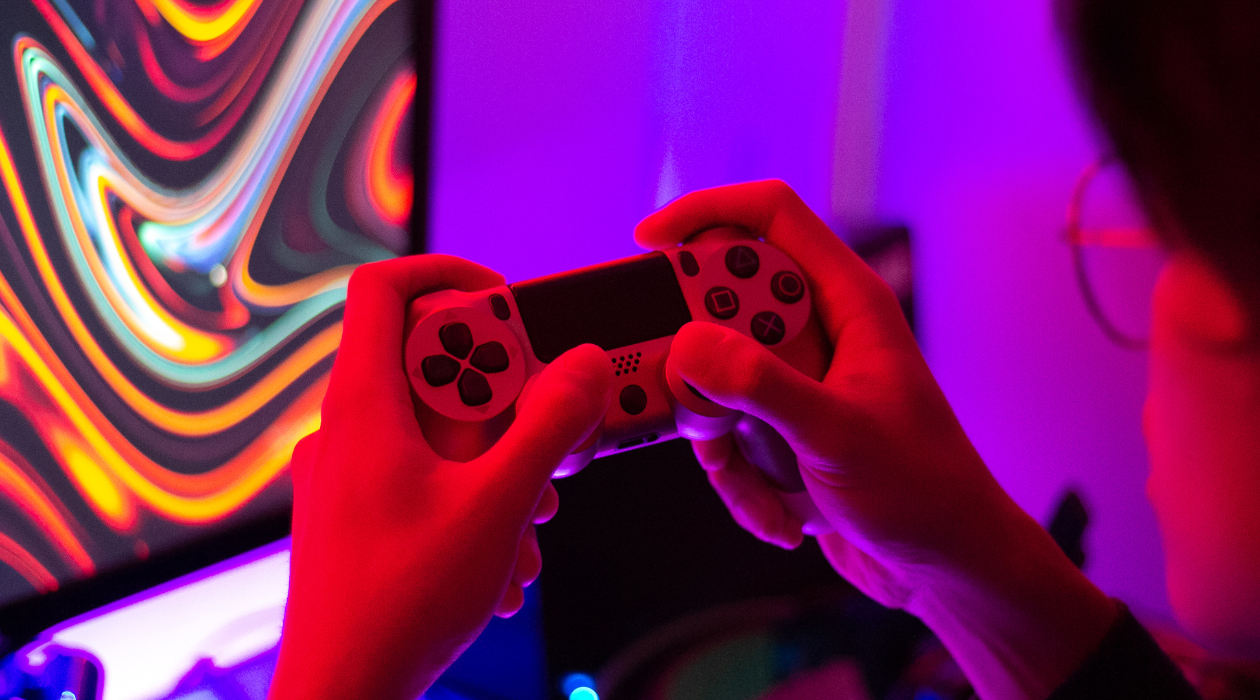The Video Game Live Streaming Landscape is Shifting

[Header image credit: Canva]
By: Kylie Reed, TMA Gaming Apprentice
When it came to gaming at the start of 2019, Amazon’s Twitch had a stranglehold on the live streaming business. As the number one destination for esports competition, the majority of the top content creators all streamed on Twitch’s platform. Plus, its newest category ‘Just Chatting’ was exploding onto the scene and diversifying the type of content being consumed.
Then, in August, Tyler “Ninja” Blevins – Twitch’s largest creator with 14 million followers – made a huge move, announcing he had signed an agreement with Microsoft to stream exclusively on its platform, Mixer.
Following Mixer, YouTube Gaming, and Facebook both entered the bidding war for Twitch’s top talent, opening the floodgates and kicking off the start of the “streaming wars.”
After signing Ninja, Mixer followed up with exclusive deals for Michael “Shroud” Grzeseik, Cory “KingGothalion” Michael, and Soleil “EwOk” Wheeler.
Facebook Gaming entered the fray with the signings of Jeremy “Disguised Toast” Wang and Gonzalo “ZeRo” Barrios.
Not to be outdone by its competition, YouTube Gaming made arguably the biggest splash by signing exclusive agreements with Jack “CouRage” Dunlop, Rachell “Valkyrae” Hofstetter, Lannan “LazarBeam” Eacott, and Elliott “Muselk” Watkins.
Twitch has attempted to stop the bleeding of its top talent by retaining some of its platform’s most beloved stars in Ben “DrLupo” Lupo, Saqib “Lirik” Zahid, and Timothy “TimTheTatman” Betar.
The platform also eventually started taking shots at its competitors by signing away one of YouTube Gaming’s largest creators, Nicholas “NickEh30” Amyoony.
However, despite Twitch’s best efforts, the exodus of talent from its platform created a decline across all major viewing KPIs: hours streamed, hours watched, unique channels, and average concurrent viewers through Q4 2019.
In spite of these declines, Twitch still leads the others in hours streamed, hours watched, unique channels, and average concurrent viewers in Q4 2019. But, the impact of these high-profile migrations caused dramatic losses in each of these categories in the final months of 2019.
For example, according to Streamlabs Live Streaming Industry Report, hours watched on Twitch declined to 2,299.6 million, which is the lowest point since Q3 of 2018 when 2,283.9 million hours were watched.
Similarly, in Q4 2019, Twitch’s total hours streamed was 82.7 million— a far cry from the 100 million-plus hours streamed at its peak earlier in the year. Unique channels have steadily decreased with 3.7 million channels in Q4 compared to over five million at the peak.
Finally, and perhaps most concerning for the Twitch, viewers seem to be following the migration of streamers away from the platform. The average concurrent viewers dropped significantly from 1.158 million in Q3 to 1.049 million in Q4.
The Future of Streaming
With this great migration of streamers to competing platforms, the end of 2019 and start of 2020 has been a time of dramatically increased competition for Twitch.
Activision Blizzard announced at the end of January 2020 that it would be bringing the Overwatch League, Call of Duty League, and all future Hearthstone competitions exclusively to YouTube Gaming.
Reports suggest that Twitch did try to make counter-offers to keep its stars, but for many of them, the offers were too little and far too late.
The reality of streamer culture under Twitch hegemony was that streamers worked around the clock and sacrificed their personal lives to remain relevant, knowing that even one day away from streaming could lead to thousands of viewers lost.
The creation of more stable partnerships by companies who are willing to invest in the careers of streamers can only help to improve how streamers are treated by their partner platforms.
Many content creators believe that the introduction of competition and well-funded competitors will force Twitch to elevate its game in order to stay on top of the market while leading in streaming innovation.
However, if Twitch is unable to make changes that start benefitting its creators at a more substantial level, we will likely see this shift in market share continue to slide away from Twitch while its competitors continue to gain leadership of the market at a healthy pace.
With so much happening in just the past year, we’re excited to see how the state of live streaming continues to evolve.
About TMA Gaming
We help brands navigate the gaming and esports space with strategic recommendations and activations covering gaming community events, esports sponsorship negotiation, publisher partnerships, content production, influencer and more. Our work can be seen in collaborations with State Farm, Nintendo, Wrigley, GameStop and the U.S. Army.


